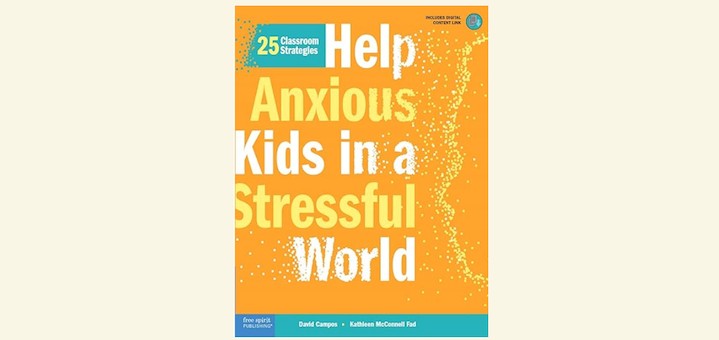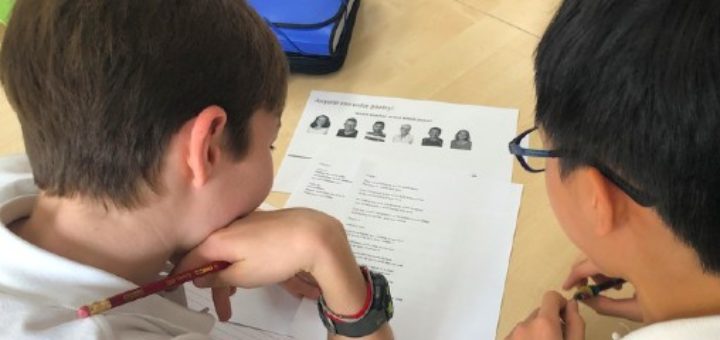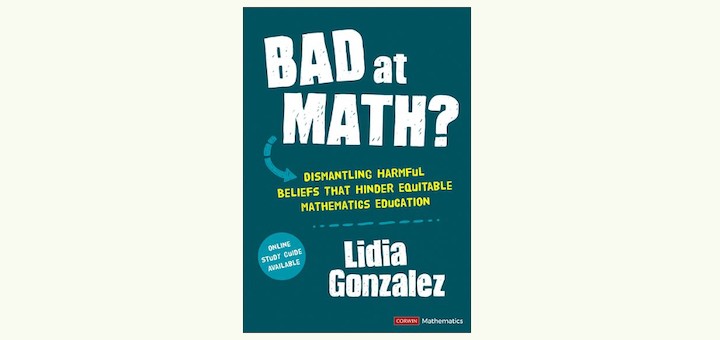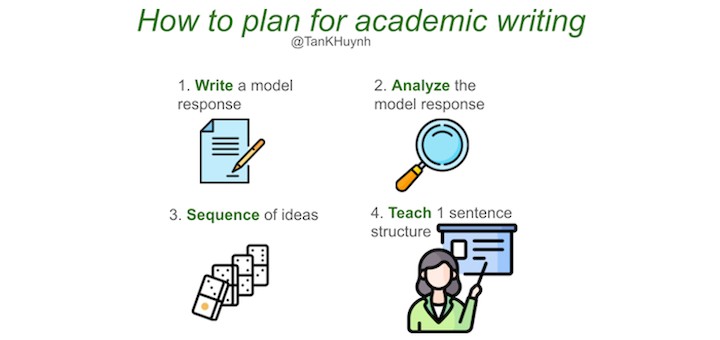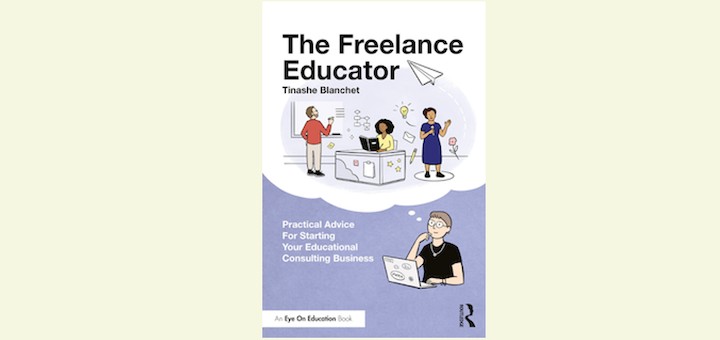Teaching and learning in grades 4-8
As we get to know each student and welcome them into class, we may feel the excitement of the new commingled with the apprehension of the unknown. Educator Stephanie Farley reminds herself that kids want to learn, teachers know what to do, and 20 year-olds want to teach.
How do we infuse fun into our classes and keep the content fresh in our students’ minds? Keeping in mind that physical activity enhances academic performance, Megan Kelly shares activities she uses with her 6th graders to have fun while emphasizing the content they are studying.
With so many students experiencing stress, David Campos and Kathleen Fad help K-8 teachers understand anxiety and then implement strategies to help anxious students. Other students can benefit, too. MS leader and teacher Kasey Short sees their book as an essential tool.
Media literacy educator Frank Baker never imagined that his graphic novel – a true family saga of the Holocaust – “would be criticized and restricted in the middle schools of a district near where I reside.” He tells what happened in this contribution to Banned Books Week.
Comprehension is a concern in every content area. If a student cannot comprehend the material, whether it’s words or images, they cannot meet learning goals. Teaching coach Barbara R. Blackburn offers some simple strategies that can help you scaffold comprehension for your students.
For educators, wellness extends beyond physical self-care; it also involves self-awareness, respect and kindness. NBCT Kathleen Palmieri shares guidelines that remind us to put boundaries in place and incorporate physical and emotional wellness into the new school year.
Delving into commonly held beliefs about learning math and discussing productive struggle and growth mindset are central to Lidia Gonzalez’s Bad at Math?, a thoughtful look into what can be done to make math accessible to all students, writes math teacher Kathleen Palmieri.
Each subject has its own rules for writing. After years of figuring out how to teach writing to MLs, especially those who are no longer beginners, social studies teacher and language specialist Tan Huynh has refined his process for explicit academic writing instruction.
“Not every management situation involves an innocent mistake from a student,” writes teacher Dina Strasser, “but in middle school, I will venture to say that most of them do. Making curiosity a management habit of mind allows both student and teacher to reap the rewards.”
The Freelance Educator is an easy read and a practical look at the beginning steps you’ll need to take to convert your knowledge as an educator into part- or full-time work in the world of freelance professional development, says literacy coach and PD provider Tanya Roy.



